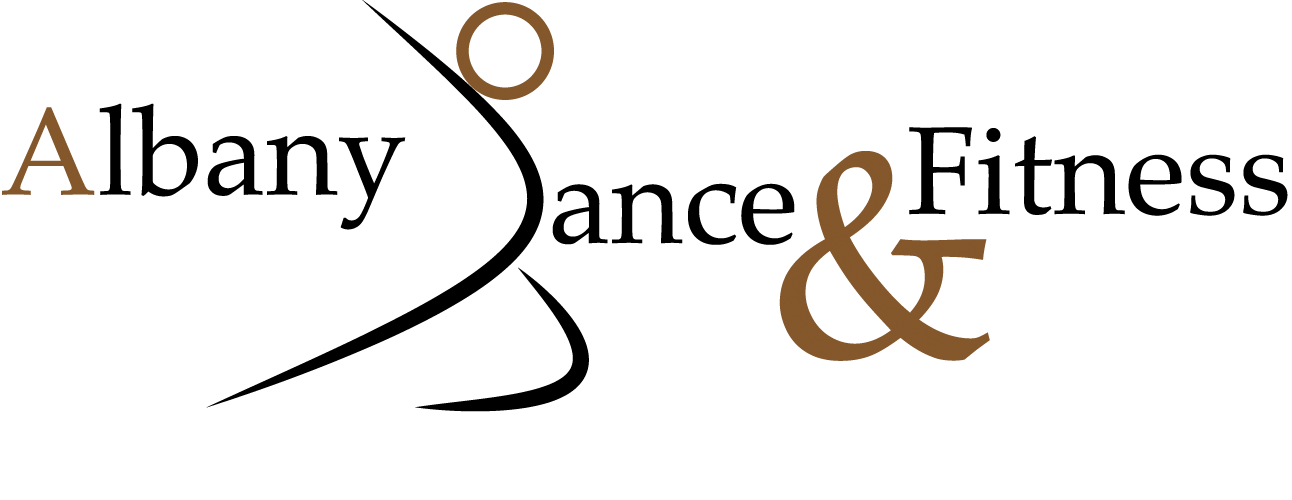A short list of legendary American choreographers of the 20th century would have to include names like Martha Graham, Robert Joffrey, George Balanchine, Alvin Ailey, Merce Cunningham, Agnes DeMille, Paul Taylor, and of course Twyla Tharp. Twyla may in fact be the most prolific and diverse member of that elite group. Her choreographic work has broken down the barriers between styles of dance and the context it’s performed in.
I am an admirer of her work and try and see her company perform whenever they are close by. Her style is one that is almost immediately identifiable, but hard for me, or anybody else to pigeon hole. It’s obvious that it’s roots are in ballet, but it is also has elements of jazz, modern, folk, and ethnic dance.
This spring, the New York Capital Region has been fortunate to have Twyla Tharp and Dancers in residence. Their presence in our backyard is due to a grant from the Capital District/Hudson Valley Pathways to Dance Initiative. The project, supported by a $90,000 grant from the New York State Regional Economic Development Council, is designed to support dance programs and performance at ten venues in eight upstate New York counties.
These programs have included a number of lecture / demonstrations and master classes at local venues. Luckily I was able to attend the lecture / demonstration presented at Russell Sage College. Her dancers performed two of Tharp’s works, Country Dances and Brahms Paganini, and Twyla also answered audience questions about the pieces and her career in dance.
Both pieces were fun to watch in such an intimate theater and had signature Tharp movements, but they also demonstrated her ability to be inspired by widely diverse types of music.
Country Dances is an early work, choreographed in the 70’s. It hasn’t been performed in a long time and the company is reviving it during their residency at the Catskill Mountain Foundation in Hunter, NY. The songs from Country Dances are classic American bluegrass music and Twyla mentioned that at the time she choreographed it, no one else was using music like that for dance pieces.
The second piece, Brahms Paganini is much more famous work of hers and one that I’ve seen before. It’s an exciting piece with daring lifts and non-stop movement.
After the performance, Twyla was asked about how she preserves her work. She told us about the extensive documentation she has created on her website, www.twylatharp.org. All of her dance pieces are listed there by decade. If you are interested, you can find out details about premieres, a brief description of the work, photos, video clips, and music clips. This is an amazing resource for performers and fans of her work, and should insure her legacy as one of America’s most important choreographers.
I hope I’ve inspired you to see this wonderful company during one of it’s upcoming performances in the area. In addition to mounting repertory works during their Catskill residency, Tharp and the company are rehearsing a new work set to Beethoven’s Opus 130. A work-in-progress showcase will occur April 16, 2016 at the Catskill Mountain Foundation’s Orpheum Film and Performing Arts Center in Tannserville, with a premiere set for June 30, 2016 at Saratoga Performing Arts Center. I don’t want to miss these performances and I hope to see you there as well!


